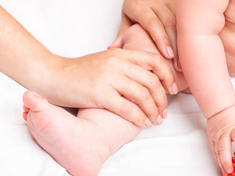
Children and young people are developing and growing all the time. At some stages, they grow faster than at other stages. This sometimes means that they can experience muscle and joint issues. This is common. It should settle as their growing slows down. Stretches and exercises can help relieve some of the pain related to growth. Children and young people can also have soft tissue and bony injuries. Generally, they heal quickly. If they follow the advice given they should be able to return to their normal activities.
Back pain in children and young people is common. But most cases are not caused by a serious problem. It usually gets better on its own within a few weeks. Encourage your child to stay active. Sitting around or lying in bed for more than a couple of days can make it harder to get moving again. Backs don’t generally like to be still. Try to gradually get back normal activities and do some form of regular exercise. Try not to game, watch TV, read or study for too long in one position.
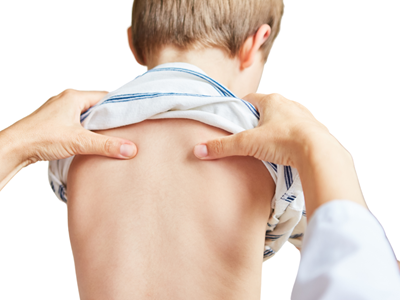
How does the back work?
Below is a picture of a back and the normal curves we would expect to see.
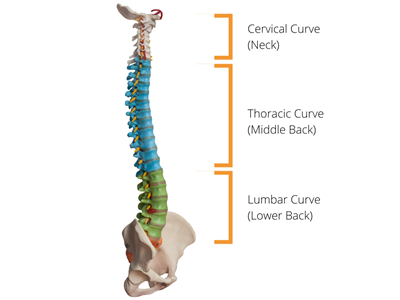
The spine is made up of bones called vertebrae. They are connected by ligaments (strong soft tissue connections between the bones). Shock absorbing discs separate the vertebrae. The bones provide structure and support and they protect the spinal cord and nerves. Muscles attach to the spine and allow mobility.
Below are web links to some advice:
When to seek further advice:
The knee’s main job is to bend, straighten and take the weight of the body along with the ankles and hips. The knee is made up of bones, ligaments, tendons and cartilage. Knee pain is common in children and young people. It is usually due to growth and changes to their body as they mature.
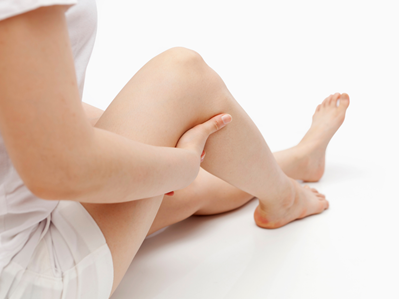
This occurs in children and young people who are growing. It is more common in those that are active but can also occur in those who are not. Pain is usually just below the knee and it can be tender to touch and there can also be a lump. It can occur in one or both knees. It can come and go until the child / young person stops growing.
Click here to view Information for Parents and Young People Leaflet
This is pain that is felt around and under the kneecap. This may be worse after long periods of sitting, going downstairs, squatting, running and walking.
This may be due to muscle tightness and weakness due to growth. Ice (frozen peas/corn wrapped in a damp tea towel) can help. Use for 10 minutes allowing 30 minutes for the area to warm up before moving again.
This is pain felt at the bottom of the knee cap. You might also see swelling and tenderness there. It occurs during growth spurts for children and young people. It is caused by repeated stress and overuse from activities that involve lots of running and jumping. The child/young person may need to reduce activity levels as pain will limit what they can do. In other words, be active as long as it does not increase the pain or cause limping. They may need 1-2 days rest between activities.
The ankle joint connects the foot to the lower leg. It is surrounded by various muscles and ligaments, which give it stability.
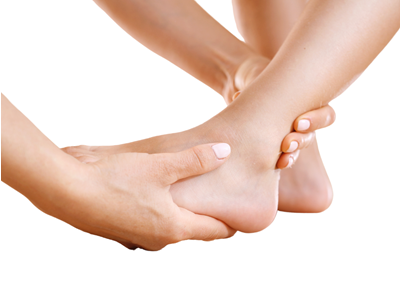
Common Concerns
Ankle problems are fairly common. They may also cause pain in the foot. Ankle problems often get better with time and do not usually cause any long term issues.
If your child rolls, twists or turns on their ankle in an awkward way this can lead to a soft tissue injury. It can stretch or tear the tough bands of tissue (ligaments) that help hold the ankle bones together.
Sever's is a common cause of heel pain in children and adolescents, between the ages of 8-14. Commonly they are very active and/ or have gone through a recent growth spurt. Tight calf muscles or the Achilles tendon (the tendon which attaches the calf muscle to the heel bone) cause the pain. There is 'pulling' where it attaches to the heel. It can be painful to touch and sore on activity; such as running and jumping or with prolonged walking. Wearing flat shoes can also be a cause. Sometimes Sever's can cause limping, walking on toes, and or some swelling around the heel. It can occur in one or both heels. Sever's gets better with a period of rest and doing less high impact activities. Ice packs can be used for pain and swelling. Well-fitting footwear is important.
Stretching of the calf muscles if they are tight, and it is not sore to do so, can also help. Sever's can take a few weeks and up to a few months to settle. It does not cause any long term damage, but it can recur until growing stops.
Click here for further information.
Useful links to self-help
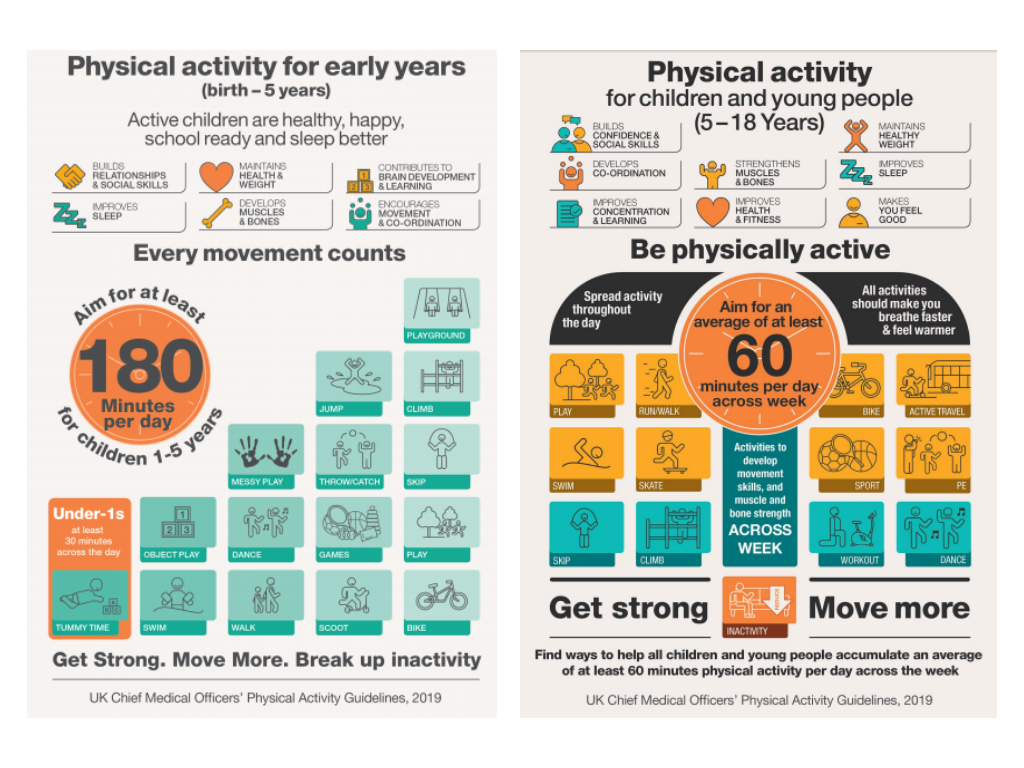
 A Local Information System for Scotland (ALISS) is a search and collaboration tool for Health and Well-being resources in Scotland. It helps signpost people to useful community support, and with an ALISS account, you can contribute to the many and varied resources that our local communities have to offer.
A Local Information System for Scotland (ALISS) is a search and collaboration tool for Health and Well-being resources in Scotland. It helps signpost people to useful community support, and with an ALISS account, you can contribute to the many and varied resources that our local communities have to offer.
When to Seek Help
Speak to a healthcare professional as soon as possible if:
There are many reasons why children and young people can have hip pain. They use their hips every day for walking, crawling, sitting, standing and running.
The pain may be in their hip, but they could also feel it in their knee or thigh.
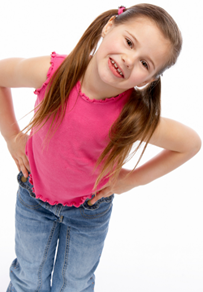
Signs of hip pain in children and young people are:
Please seek medical advice if you think your child has any of the above problems.
Snapping Hip - This is a condition that causes the feeling of catching or snapping when moving the hip. The feeling may come with noise and/or pain. Sometimes it may even be a sensation of the hip “giving way” or “coming out of the socket.” The snapping is the movement of a muscle or tendon over the bony structure of the hip. Usually, it is on the outside surface of the hip. It is not the hip coming in and out of the socket.
It is treated with stretches
Hamstring Stretch
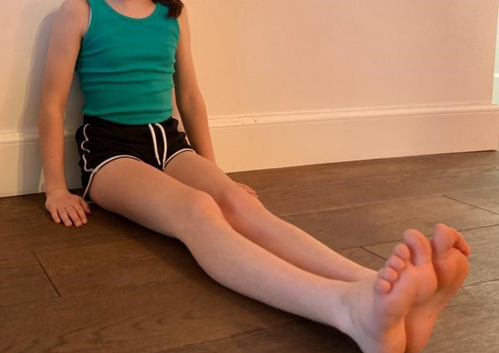
Hamstring Stretch
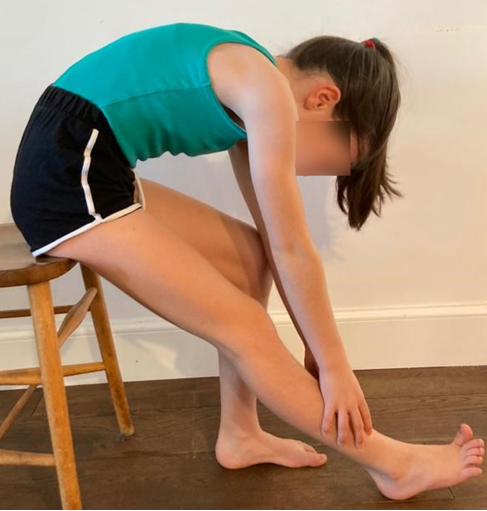
Hip Stretch
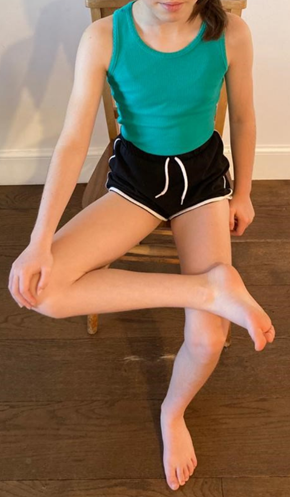
ITB Stretch
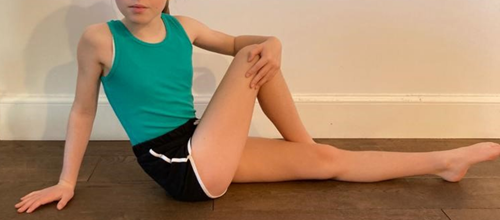
Quad Stretch

When to Seek Help
Speak to a healthcare professional as soon as possible if:
A soft tissue injury is the damage of muscles, ligaments and/or tendons throughout the body. Common soft tissue injuries usually occur from a sprain, strain, overuse or a direct blow. Most areas affected are the ankle and knee but they can happen anywhere in the body.
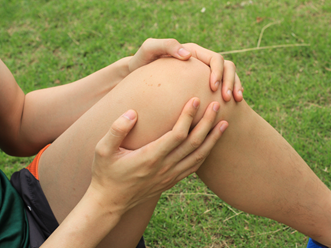
A person with a soft tissue injury will have pain and swelling. Depending on how severe it is and where the injury is, it may affect activities.
Severe soft tissue injuries will cause your child to stop their activity. It is important to start moving the affected area early on. Evidence shows this is the best treatment to prevent further problems. If there is swelling you can use ice in the first 48hours after injury. Moving the joint will also get rid of swelling. Try and encourage gentle movements of the affected area.
If it is a leg injury you should try and encourage taking weight on it and walk normally.
With arm injuries, try and encourage normal use. It may take your child a few days to be able to do this but continue to encourage it.
If needed, your child may take medicine to decrease any pain and inflammation. Use according to the package directions or as instructed by your doctor/pharmacist.
Your child may need to take a break from sporting activities. This should only be for about 2 weeks until the pain and swelling have eased. More severe injuries may take as long as four to six weeks to heal. If your child is not getting better you should seek help from a healthcare professional/Physiotherapist.
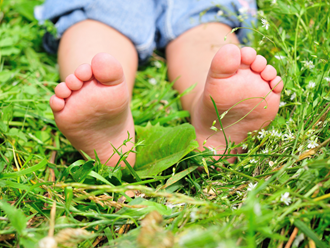
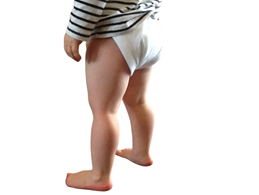
Flat feet can often be seen in babies starting to stand or toddlers and young children. The arches of the foot may not develop until the child is 4-5 years of age. This is normal.
Please seek a referral to your local paediatric physiotherapy service:
Click below for further information
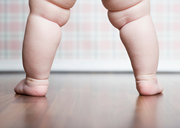 Knock knees and bow legs are part of the normal development of children’s legs and will change as they are growing. Please seek advice:
Knock knees and bow legs are part of the normal development of children’s legs and will change as they are growing. Please seek advice:
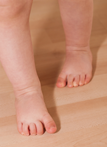 It is normal for toddlers and young children to walk with their feet facing in the way. It is more common than out-toeing. Your child may appear to trip more often but this will get less in time.
It is normal for toddlers and young children to walk with their feet facing in the way. It is more common than out-toeing. Your child may appear to trip more often but this will get less in time.
Intoeing is more common in children who W sit and where possible try to prevent this. Intoeing tends to happen on both sides. It usually resolves by 8-10 years of age.
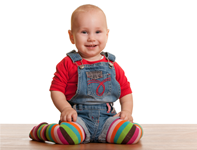
Please seek help from your local paediatric physiotherapy service:
• If it is interfering with the child’s development
• If it is on one side
Click here for Intoeing Gait Leaflet from APCP.
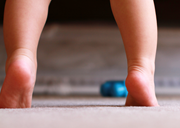 Many children walk on their toes. It is common in children under 3 but can be seen in children up to the age of 7. Toe walking usually goes away by itself. The exact cause is unknown but in some cases can be a habit of walking on their toes from a young age. Some children like the sensation of walking on their toes. Others do not like their feet touching the floor. It can also occur because of short calf muscles.
Many children walk on their toes. It is common in children under 3 but can be seen in children up to the age of 7. Toe walking usually goes away by itself. The exact cause is unknown but in some cases can be a habit of walking on their toes from a young age. Some children like the sensation of walking on their toes. Others do not like their feet touching the floor. It can also occur because of short calf muscles.
When to seek help from your local Paediatric Physiotherapy Service:
Click here for Toe-walking Leaflet from APCP.